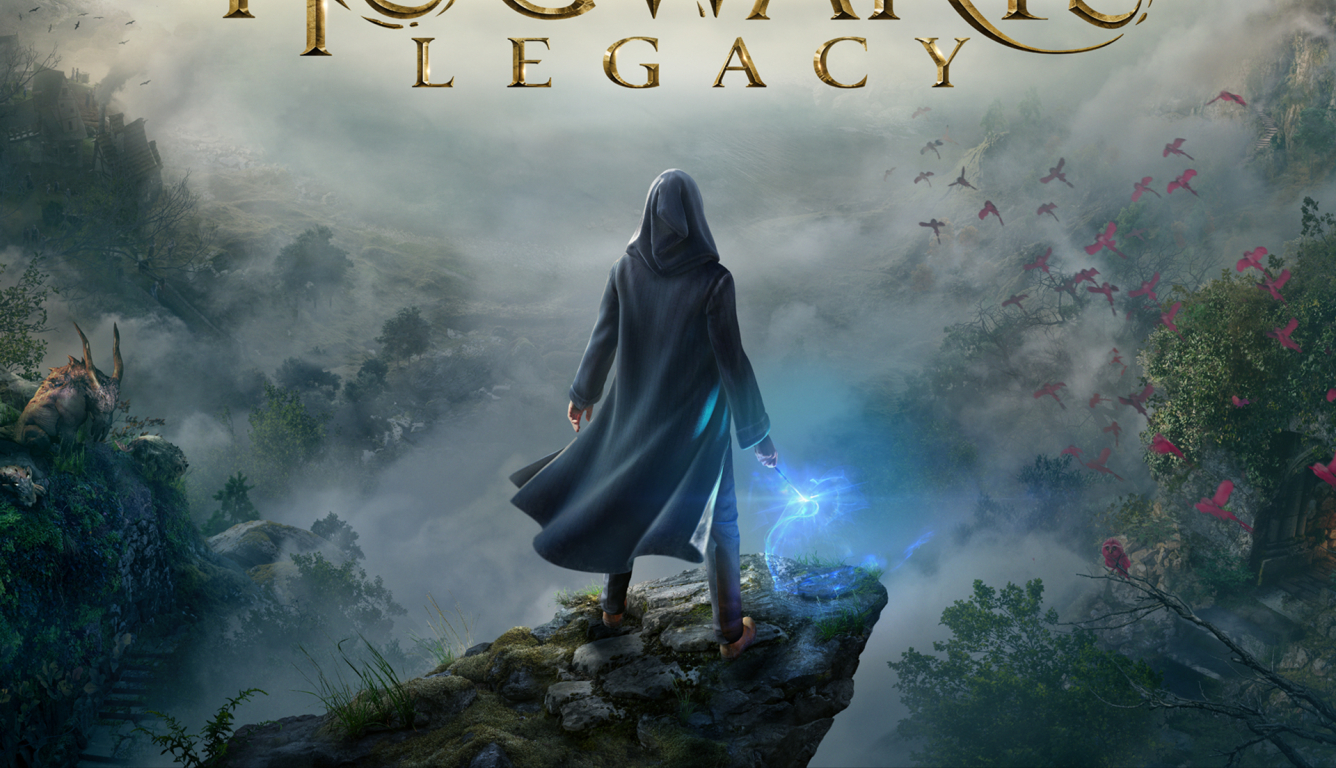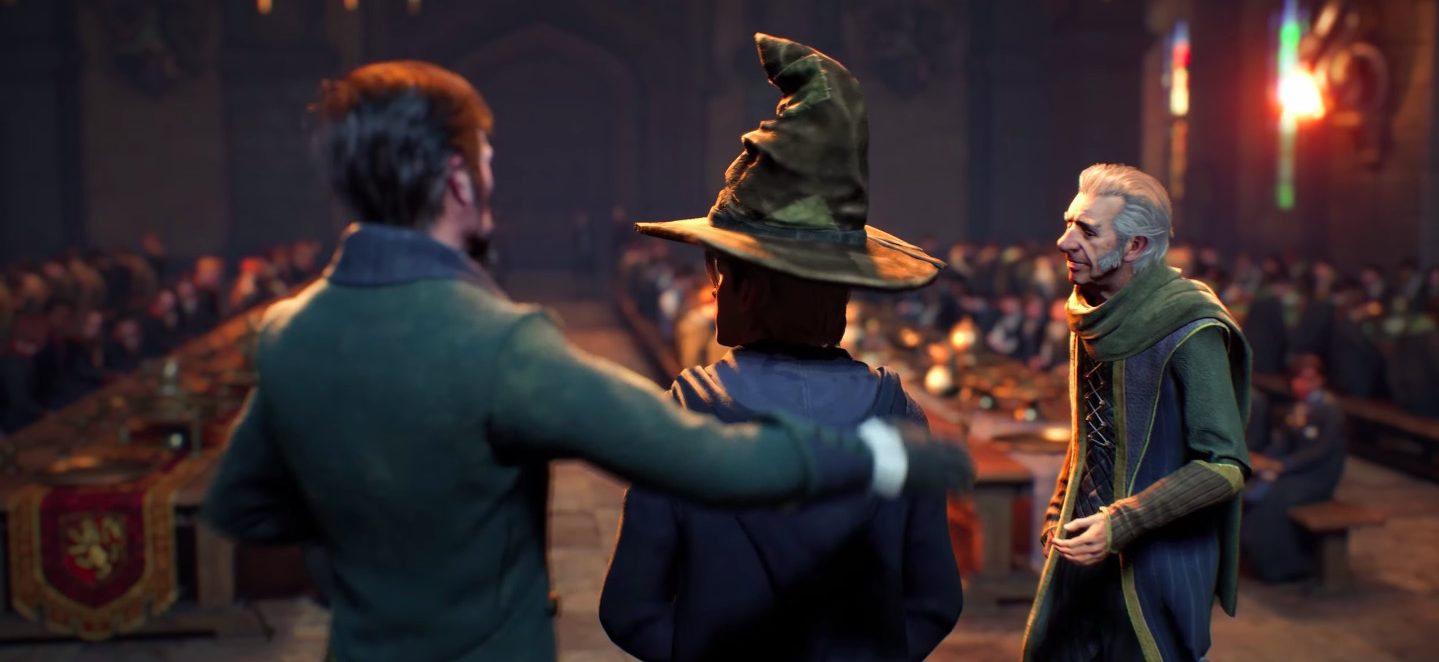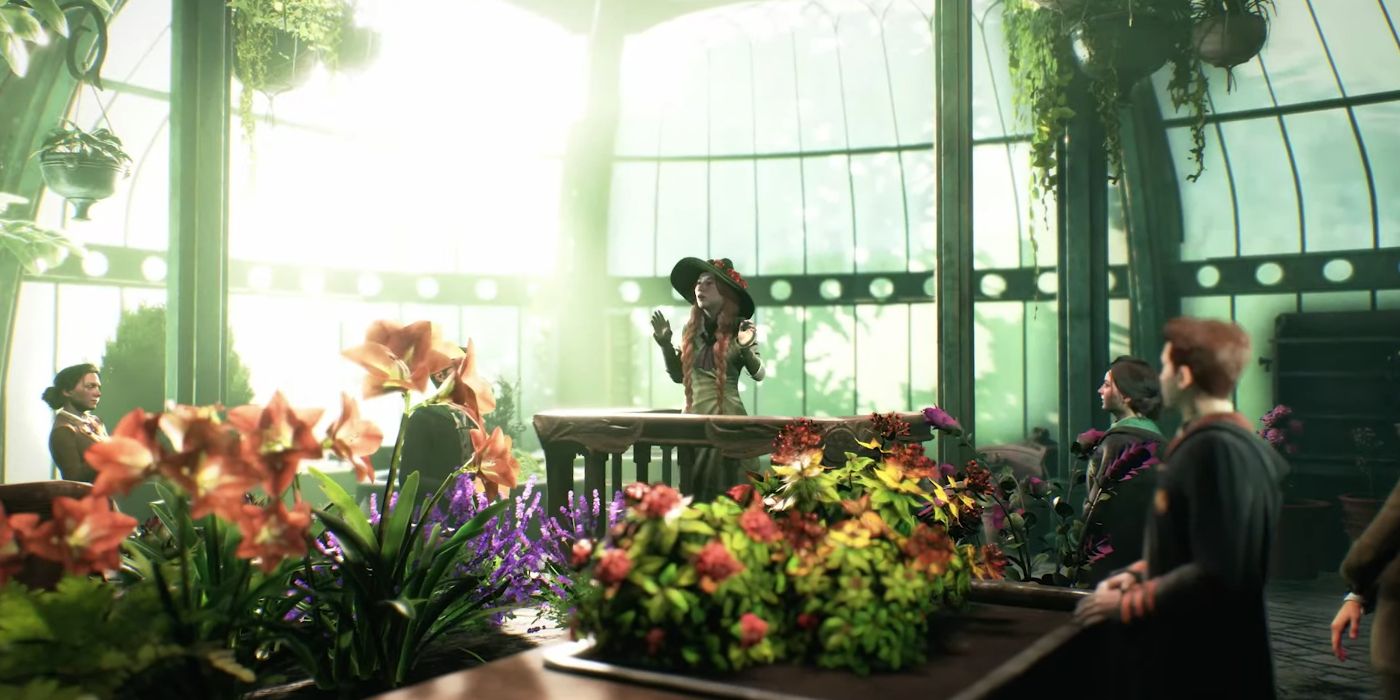

Most unexpectedly, out in the wilds, Hogwarts Legacy reminded me strongly of 2012’s cult Japanese role-playing game Dragon’s Dogma, in the sense of freedom and danger in its open world. Down the road, the magical village of Hogsmeade is another hub for nostalgia-tickling fan service and wizarding quests, and you’re also given license to explore the entirety of the Scottish Highlands (evidently Hogwarts did not keep a very close rein on its students in previous centuries). I had a very enjoyable time inside Hogwarts, attending lessons and exploring at night with the help of a Disillusionment charm and the Alohomora lockpicking spell, but this game is easily 40 hours long, and a lot of it takes place outside the castle. When Hogwarts Legacy leans into its role as a wizarding wish-fulfilment simulator, it is – forgive me – enchanting. It’s a cunning move – is there a more perfect distillation of the freedom of possibility that we found in Harry Potter as kids? – and it certainly got an emotional rise out of me, despite all the reservations I’ve developed about Potter and its creator as an adult.

The first time you mount a broom, a treat that the game holds back for a good while, you are taken on an aerial tour, swooping between turrets and over courtyards, skimming the Great Lake. Somehow I managed to avoid the Great Hall, with its enchanted ceiling and chattering crowds of students, until about 15 hours in, and when I found it I was awestruck. The castle itself is majestic, impossible to navigate, a stone warren of mysteries, disappearing staircases and moving paintings, full of secrets and details from the books and the films.

Photograph: Warner BrosĪs a kind of interactive Harry Potter museum, Hogwarts Legacy is spectacular. The castle itself is the game’s main character.


 0 kommentar(er)
0 kommentar(er)
